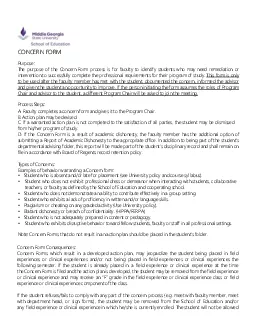PPT-Introduction Population – the entire group of concern
Author : cheryl-pisano | Published Date : 2018-02-27
Sample only a part of the whole Based on sample well make a prediction about the population Bad sampling convenience bias voluntary Good sampling simple random
Presentation Embed Code
Download Presentation
Download Presentation The PPT/PDF document "Introduction Population – the entire g..." is the property of its rightful owner. Permission is granted to download and print the materials on this website for personal, non-commercial use only, and to display it on your personal computer provided you do not modify the materials and that you retain all copyright notices contained in the materials. By downloading content from our website, you accept the terms of this agreement.
Introduction Population – the entire group of concern: Transcript
Download Rules Of Document
"Introduction Population – the entire group of concern"The content belongs to its owner. You may download and print it for personal use, without modification, and keep all copyright notices. By downloading, you agree to these terms.
Related Documents














